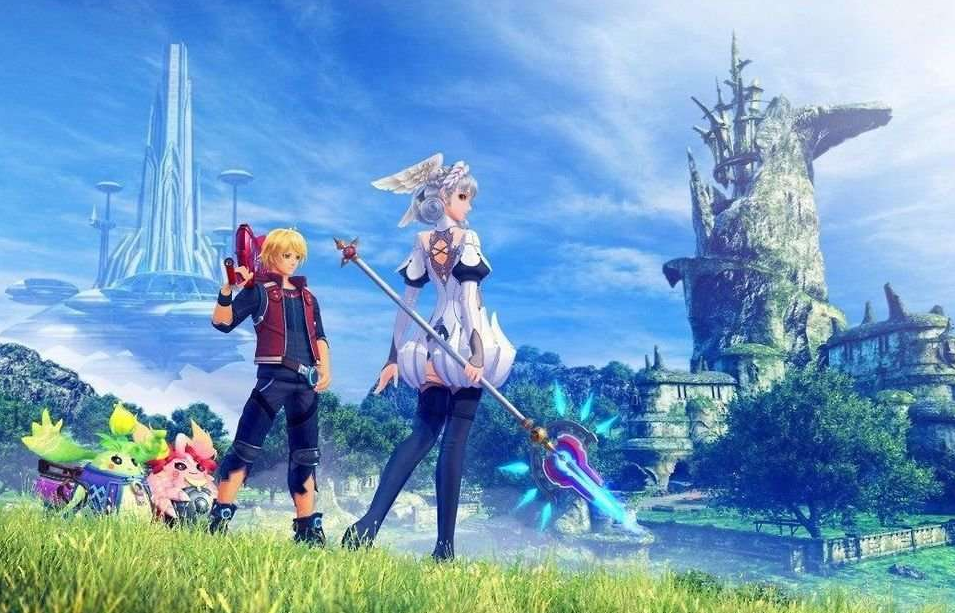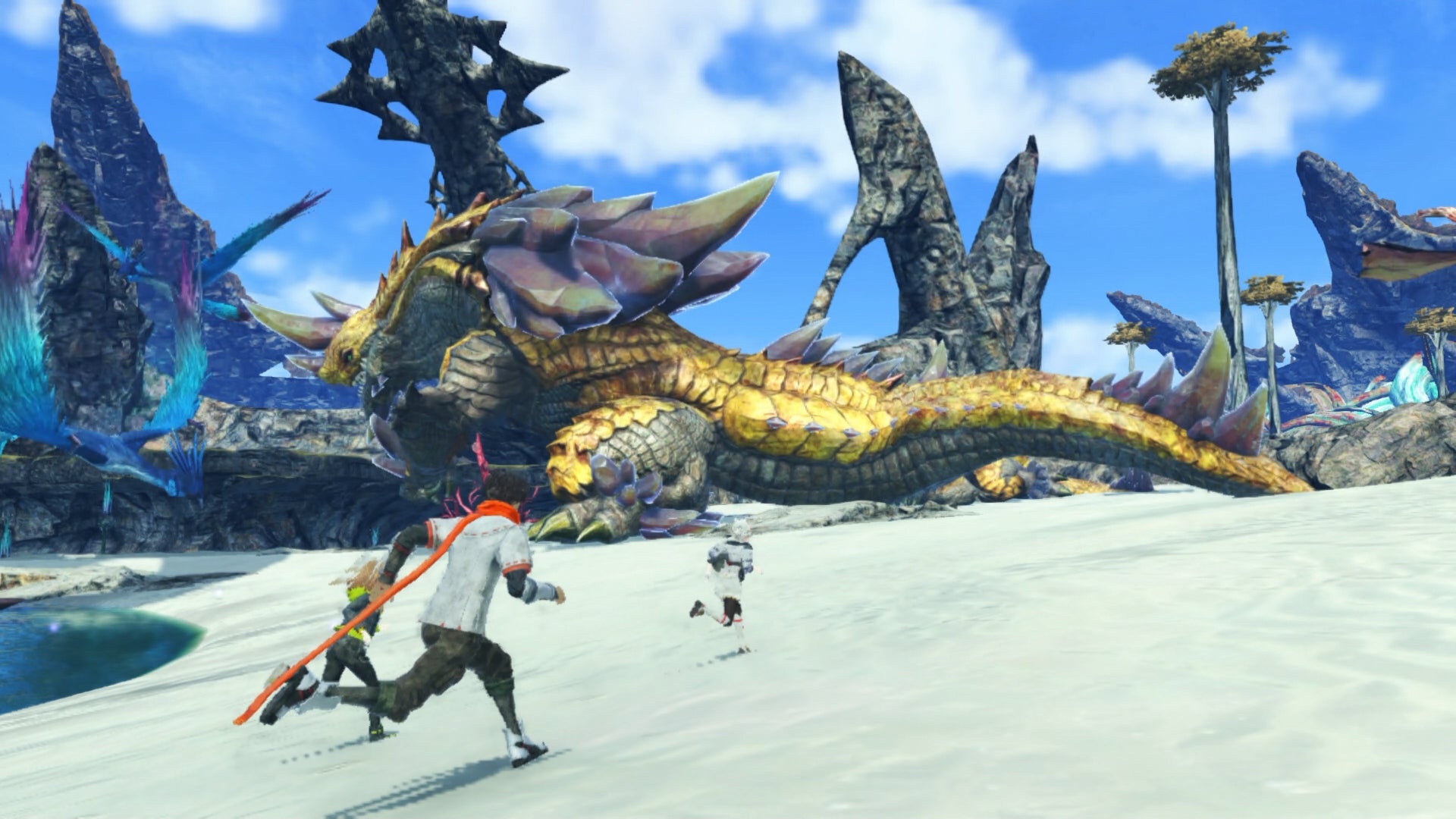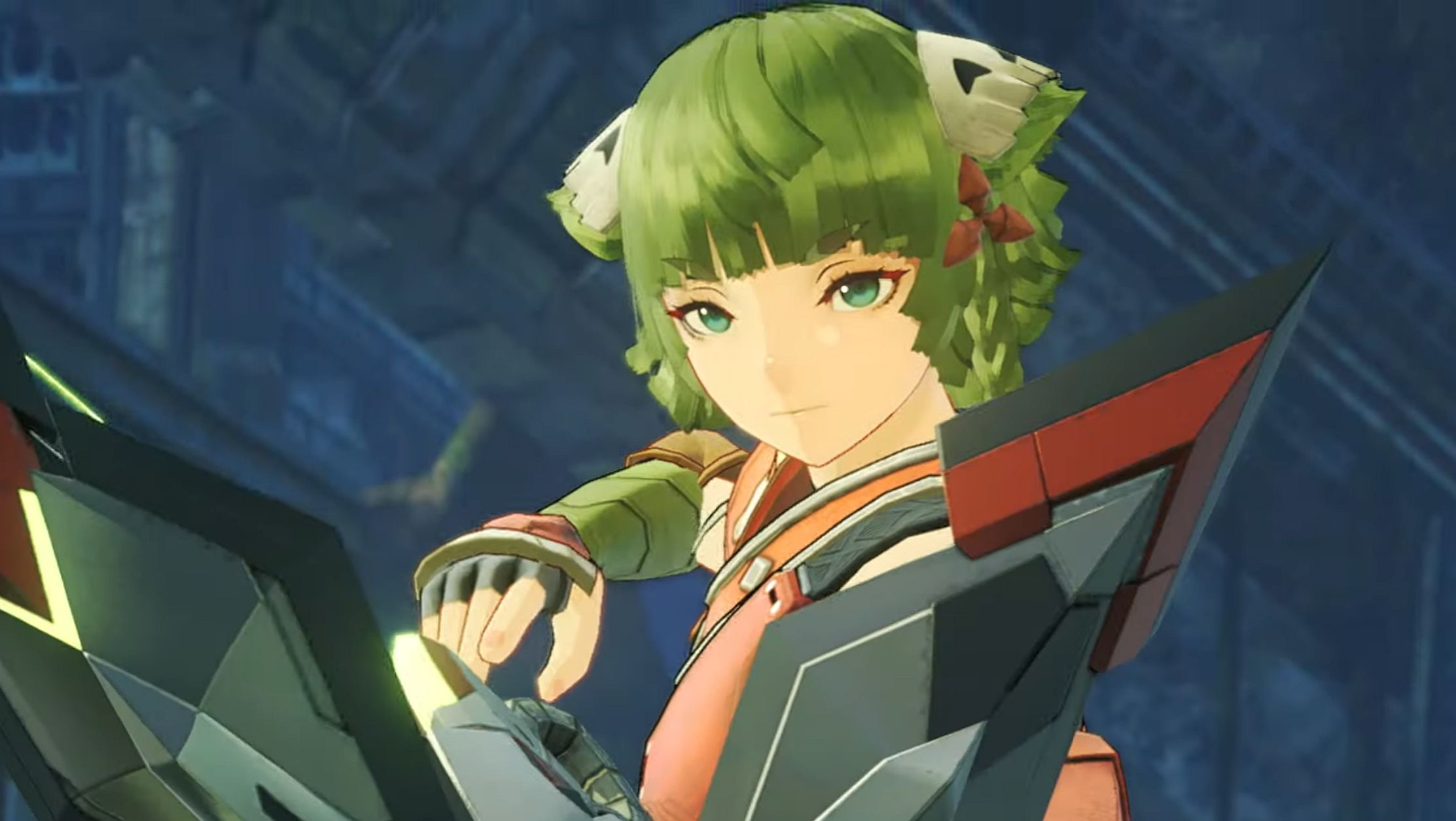In many ways, Xenoblade Chronicles 3 feels like the culmination of everything developer Monolith Soft has done up to this point. Anybody can appreciate the game – it’s simply a good one. But truly understanding the depth of appreciation it deserves is likely tied to understanding the history of the developer, from when its founders broke free of Square after finding them too obsessed with Final Fantasy over new ideas, through to its days with Bandai Namco, and finally its time as a subsidiary of Nintendo. Here, the developer works on both original games and as a support studio for more widely popular Nintendo titles. Xenoblade Chronicles 3 feels like the natural conclusion of all of those events – and it’s wonderful. This third mainline Xenoblade title is as feature-rich as all of its predecessors, if not more so. As a result, I could easily spend many words talking about the mechanics of the game – but it’ll probably suffice to say that it’s an interesting and engaging action RPG combat system that features familiar elements from Xenoblade 1, 2, and X alike. At first blush, it’s most similar to the second game, however. And that’s no bad thing. That game ruled – with the odd caveat – and so too does this sequel. As has been a staple for this series, combat is busy – and it can be a lot. Xenoblade is described as an action-RPG, even though most of the base attacking is handled automatically. The real action occurs in management of various factors on the battlefield. Positioning, enemy and ally status, move cooldowns, aggro indicators: to play at a high level, everything must be carefully tracked at all times. The user interface is full of information at all times, even from the early game, and sometimes this feels like a very un-Nintendo information overload, featuring complexity for complexity’s sake. It takes time to get used to, and even longer to really, truly appreciate. In fact, Xenoblade 3 is a slow burner in general, opening off with a bang in the form of a great big battle that reminded me (in a superficial way) of the opening of the great Lost Odyssey, before slowing down to a crawl to introduce the characters, the world, and the status quo. You’ll still be seeing the odd tutorial prompt even as you breeze into the double-digits of hours played, which I know will prove too much for some. But, in fairness, I also feel like that comes with the territory: it’s part of what these games are, and part of the joy is how rewarding these complex systems become as you begin to master them. After some time, you’ll have a full party of six protagonists, and they’ll all be getting involved in every battle. Team management is key, as is building a sensible team composition using the full-fat and deeply versatile job system. On that topic, characters can wear specific outfits to represent their various learned jobs – a little detail I always appreciate when an RPG features it. Jobs are the core of character progression, though many other systems from the previous games make a return, including a mercifully streamlined version of the buff-granting gem crafting from the first game. You’ll also get the ability to add a seventh character into the mix: a ‘hero’, a non-playable ally that can augment or complement your party setup. Heroes are a key part of the game, and are essentially an echo of the ‘Blades’ system from Xenoblade 2. There’s no gacha mechanic here, thankfully. Instead, Heroes are unlocked through quests, and so you can gain access to a decent suite and then pick whichever one fits your play style best. Many heroes have quite specific quirks that can really change the way you approach battle as a whole, which is great. These aren’t all of the systems, of course. But this description gives a decent overview of the depth and complexity players will find as they get a little deeper into the game. Many player choices and dueling factors ping off each other satisfyingly to create a truly customizable combat experience – which, to me, is something only present in the genre’s best. Beyond combat depth, the breadth of the game also widens as the story unfolds, leading eventually to a truly open-ended approach that, again, can initially feel overwhelming. You’re best off tackling some of this content but also not straying too far from the story for too long at a time for various reasons – you might end up overleveled, the amount of stuff can be overpowering – but also because the story is constantly worth advancing because, well… It’s good. Slow doesn’t mean it’s not strong, either. From early on, I found an attachment developing to this cast far in excess of that I felt in the previous titles in this series, or even in Monolith Soft’s pre-Nintendo RPGs. In a strange way, a burgeoning love of Xenoblade 3’s cast, world, and story specifically enhances the moments when elements from previous games dance into the narrative, and perhaps even works to make me retroactively like some of that stuff more – which is a solid feat. I have a complicated relationship with anime. Like, I’m well known as a lover of Japanese RPGs, kindled as a child by Final Fantasy, but full-blown anime tropes often make me cringe a little. I am the Goldilocks of anime in RPGs; it can’t be too much, and it can’t be too little – it has to be ‘just right’. This balance is hard to strike. Not even every Final Fantasy game quite nails it. Xenoblade has traded in the stuff I’m not a huge fan of in the past, but has been buoyed by Monolith Soft’s game design and a wonderfully British localization. Even so, I feel like this third game hits a far more mainstream-friendly balance than the previous titles, and it’s a breath of fresh air after much of Xenoblade 2. I think the story is better, the look is better, and in English, the voice work is certainly better. All of these things improve the experience tremendously. Anime fans will be pleased to know that there’s still plenty of anime tropes and BS in here; it just feels a little better pitched than in Xenoblade 2. In fact, the whole game is a little more dour than its direct predecessor was, for better or worse. It’s a return to a look and feel more akin to the first game – and that means a surprisingly gritty story where death and conflict is everywhere, and characters face quite harrowing realities. To some degree this is a story of warring nations, but it’s also patently more than that. Which is why, over time, you’ll begin interacting with different colonies and building a rapport with them, which is represented by a gameplay system that sees your relationship with colonies develop as you make your presence known to them via helping out or simply by being visible to them. The look and feel of the world does match that story tone – so it is a little less initially welcoming and perhaps not as striking to look at. Scorched battlefields and war-weary colonies aren’t going to be awash with color, after all. Visual variety begins to trickle in as you progress and unlock more areas, though, delivering on that theme of the slow burn once again. A lot about Xenoblade 3 is slow - but thankfully, one thing that isn’t is its performance. In my experience, it mostly runs at 30 frames per second, with acceptable slowdown only appearing when battles are really popping off in a significant way. In handheld mode, it’s far superior to Xenoblade 2, a game whose performance and resolution genuinely made me feel a bit ill when undocked. Monolith Soft has become Nintendo’s go-to tech studio, which is why it’s ended up acting as a support studio on games like Zelda and Splatoon. This game proves why the studio deserves that status as experts of getting the best out of the Switch. As I’ve gotten older, as my priorities have shifted, my tastes in games have also subtly changed. I find it more difficult now than ever to give myself over to a truly huge game, especially one that initially moves a little bit like molasses. It speaks to the quality of the package delivered here by Monolith that I am giving myself over to Xenoblade 3 in that way. More impressive still is that the team has somehow delivered a game that manages to pay respect and homage to all three of the quite different Xenoblade titles before this one in different ways. Perhaps that’s why it takes a while to ramp up, and then a while still to get up to speed - because there’s so many plates being spun at once. This risks feeling chaotic – but it doesn’t. It feels crafted. Indeed, Xenoblade Chronicles 3 is such a slow burn that I’m not yet ready to put a score on it. I’ve got more to play, more to see, and more to do. Yet at the same time, I can already unreservedly recommend it, and already happily say that it’s now my favorite entry in the series. Xenoblade Chronicles 3 will release on July 29, 2022 for the Nintendo Switch.




